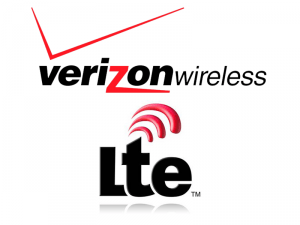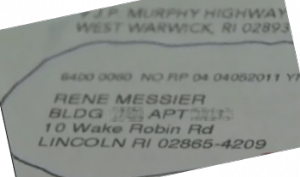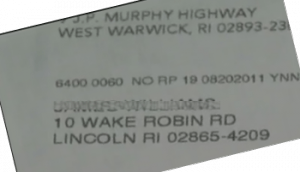 A Verizon Wireless 4G/LTE customer that managed to consume nearly 56GB of data over a two-week period has found he has temporarily lost his 4G privileges during peak usage times on Verizon’s network.
A Verizon Wireless 4G/LTE customer that managed to consume nearly 56GB of data over a two-week period has found he has temporarily lost his 4G privileges during peak usage times on Verizon’s network.
Droid Life reports Verizon’s speed throttle apparently also works on the company’s much-faster 4G network, because the customer found his 4G speeds reduced to dial-up during peak usage periods. The throttle reduces speeds so much, even browsing web pages becomes a painful experience. Remarkably, the customer tells Droid Life he still has regular speed access to Verizon’s more congested 3G network, which he now uses when his 4G speeds are reduced.
Verizon Wireless specifically exempts 4G customers from wholesale enforcement of their speed throttle, but the company’s standard Acceptable Use Policy still gives Verizon broad latitude to deal with customers who create an “adverse impact” on their network:
Network disruptions and unfriendly activity: Using the Services for any activity that adversely affects the ability of other people or systems to use either Verizon Wireless Services or other parties’ Internet-based resources. This specifically but without limitation includes excessive consumption of network or system resources whether intentional or unintentional. This also includes “denial of service” (DoS) attacks against another network host or individual user. Interference with or disruption of other network users, network services or network equipment is prohibited.
Such policies are commonplace at every Internet Service Provider, but they are typically enforced only in instances where a neighborhood or region is experiencing especially heavy traffic loads. That seems to be the case with Droid Life‘s reader, because other customers report they have managed to rack up nearly 120GB in 4G usage over 10 days with no speed reductions. Verizon reportedly told the throttled customer his speeds were reduced because his ‘excessive downloading’ was an “abuse of the network.”
To run up tens of gigabytes of usage over two weeks usually means the customer is using a tethering application or mobile hotspot app, services for which Verizon charges extra. We don’t know if this customer is paying for those services or using one of the third-party apps Verizon frowns on.
The selective enforcement of speed throttles may be the result of an overeager Verizon employee subjectively cracking down. It might also result from the subscriber using services on an especially congested cell site. We cannot be certain, and Verizon isn’t commenting on the record. The company officially claims it is standing by the terms of its original plans to throttle the top 5% of 3G users.
With the ongoing crackdowns on what providers deem to be “excessive usage,” it is safe to assume those attempting to use any wireless broadband plan as a home or office broadband replacement is risking the wrath of their providers who consider anything beyond 2-4GB of usage per month on an “unlimited data plan” to be “too much.”


 Subscribe
Subscribe




